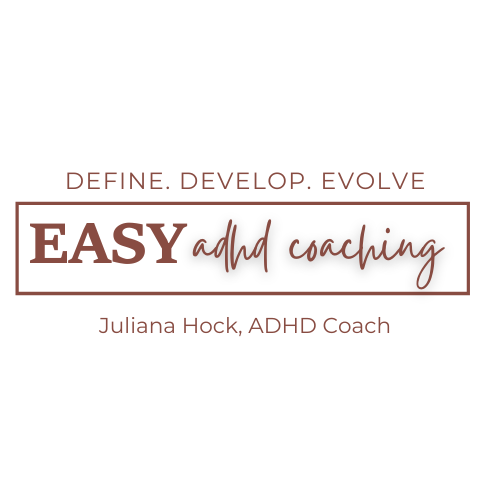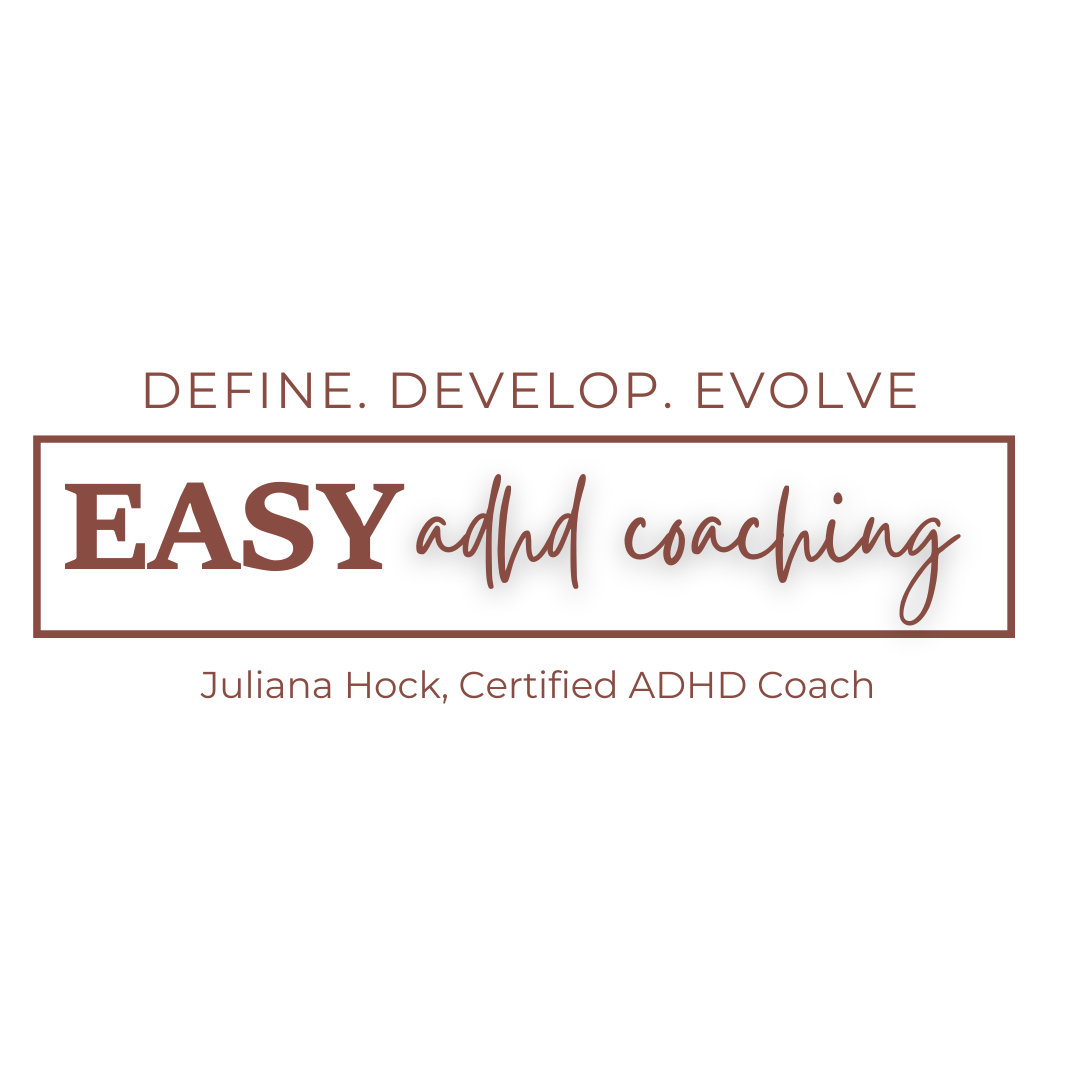Prefrontal Cortex vs. Amygdala: Who’s Really in Charge of Your Brain?
If you’ve ever felt like your brain has two modes—calm and collected one moment, then impulsive and reactive the next—you’re not alone. Especially for adults with ADHD, understanding the internal tug-of-war between different parts of the brain can be the key to unlocking self-compassion, better strategies, and actual change. Let’s break it down: the Prefrontal Cortex and the Amygdala are two major players in this internal drama, but they’re not the only ones calling the shots.
The Brain Behind the Behavior: ADHD and the Neurological Divide
The Prefrontal Cortex is like your brain’s CEO. It helps with planning, organization, judgment, emotional regulation, attention, and decision-making. This is the part of the brain responsible for executive function, a set of mental skills that include time management, working memory, impulse control, flexible thinking, and self-monitoring. It helps you set goals, stay focused, follow through, and adapt to new situations. ADHD medications often work by increasing dopamine levels, which helps the Prefrontal Cortex function more effectively and supports these critical executive functions. It helps with planning, organization, judgment, emotional regulation, attention, and decision-making. It’s part of the frontal lobe, where we manage complex thinking and self-control. This is the part of the brain responsible for executive function, the mental processes that help us set goals, make plans, monitor progress, and adjust behavior accordingly.
Now, meet the Amygdala—your brain’s alarm system. This little almond-shaped structure is part of the limbic system, often referred to as the “emotional brain.” It’s responsible for detecting threats, activating fear responses, and triggering that all-too-familiar fight, flight, or freeze mode. In ADHD brains, the Amygdala tends to be a bit extra. It overreacts, over-interprets, and sometimes hijacks logical thinking before the Prefrontal Cortex even has a chance to speak up.
This creates a powerful, frustrating loop: the Amygdala screams “danger” (even if it’s just a stressful email or the sting of unexpected criticism), while the Prefrontal Cortex is too under-activated or overwhelmed to calmly override the alarm. For example, someone with ADHD might receive critical feedback at work and instantly feel panicked or ashamed, not because the feedback is truly threatening, but because their Amygdala has triggered a full-blown stress response before their Prefrontal Cortex can assess the situation logically. (even if it’s just a stressful email), while the Prefrontal Cortex is too under-activated or overwhelmed to calmly override the alarm.
Why ADHD Makes It Harder: Emotional Regulation and Impulsivity
Adults with ADHD often struggle with emotional dysregulation—that feeling when a small annoyance feels huge or when anxiety hits out of nowhere. This is largely due to the imbalance between the Prefrontal Cortex and the Amygdala. In ADHD, the Prefrontal Cortex may be underactive or have delayed activation, which affects your ability to pause, reflect, and respond thoughtfully.
Impulsivity, difficulty with follow-through, self-monitoring, and detecting errors also stem from challenges in this area. It’s not a lack of willpower, it’s a neurological disconnect. You may know what you want to do, but your brain’s capacity to execute that plan gets short-circuited, especially under stress.
This is where dopamine pathways come into play. ADHD brains are often low in dopamine, which contributes to struggles with motivation, attention, and follow-through. Many ADHD medications—like stimulants—work by increasing dopamine levels in the brain. This boost helps the Prefrontal Cortex function more effectively, improving executive function skills such as planning, decision-making, and emotional regulation. It’s not about “fixing” the brain but about giving it the chemical support it needs to do its job. ADHD brains are notoriously low in dopamine, the neurotransmitter tied to reward, motivation, and focus. This means the Prefrontal Cortex is often running on fumes, making it even harder to keep the Amygdala’s reactions in check. Meanwhile, serotonin, which supports mood regulation and sleep, can also be out of balance, compounding the struggle.
More Than Just Two Parts: The Whole Brain Picture
While the Prefrontal Cortex and Amygdala get the spotlight, other regions play critical roles in ADHD challenges:
Hippocampus – key for memory and detecting threats. Think of it like your personal historian that’s always watching for patterns.
Reticular Activating System (RAS) – regulates arousal and alertness. In ADHD, this system can be underactive, making it hard to stay awake, attentive, or engaged.
Basal Ganglia – the habit center; struggles here make it difficult to start tasks or build routines.
Temporal Lobes – handle memory and language. They house both the Amygdala and Hippocampus and are vital to emotional processing.
Cerebellum – helps regulate movement, coordination, and even higher learning.
Brainstem – responsible for survival basics like heart rate and breathing but also links to sensory regulation.
Parietal and Occipital Lobes – contribute to sensory processing, visual perception, and spatial awareness.
Every single one of these systems contributes to the lived experience of ADHD. That feeling of being overwhelmed by a noisy room? Sensory overload linked to the parietal lobe. Forgetting appointments or names? That’s your hippocampus and temporal lobes struggling to keep pace. Difficulty finishing a project or maintaining motivation? You can thank low dopamine in your Prefrontal Cortex.
So, Who’s Really in Charge?
The honest answer? It depends on the day, the environment, and your internal resources. When your Prefrontal Cortex is supported—through medication, coaching, exercise, sleep, mindfulness, or structure—it can take the lead. But when you’re stressed, tired, or overstimulated, the Amygdala tends to take over, leading to quick reactions, emotional flooding, or shutdown.
This is why self-awareness becomes a powerful tool. When you start to notice the patterns—how your body responds to stress, what environments trigger dysregulation, and how you recover—you begin building emotional resilience. ADHD doesn’t mean you’re broken. It means your brain speaks a slightly different language—and once you learn to interpret it, you can work with it instead of against it.
A Hopeful Message: Your Brain Can Be Your Ally
Understanding your neurobiology isn’t just a fun fact—it’s the first step toward real change. When you realize that your struggles with organization, motivation, or emotional regulation aren’t personal failures but rather brain-based challenges, you open the door to self-compassion and strategic support.
You start asking questions like:
What helps me re-engage my Prefrontal Cortex when I’m flooded?
What systems keep me regulated before I get dysregulated?
How can I create external structures that support my internal struggles?
This is where I come in. My work focuses on helping adults with ADHD make sense of their lived experiences by understanding the brain science behind them. Whether it’s building practical executive function skills or learning how to soothe your nervous system in real-time, I help you bridge the gap between how your brain works and how you want to live.
Because when you understand who’s in charge—and how to support the right brain players—you don’t just survive life with ADHD. You thrive.

